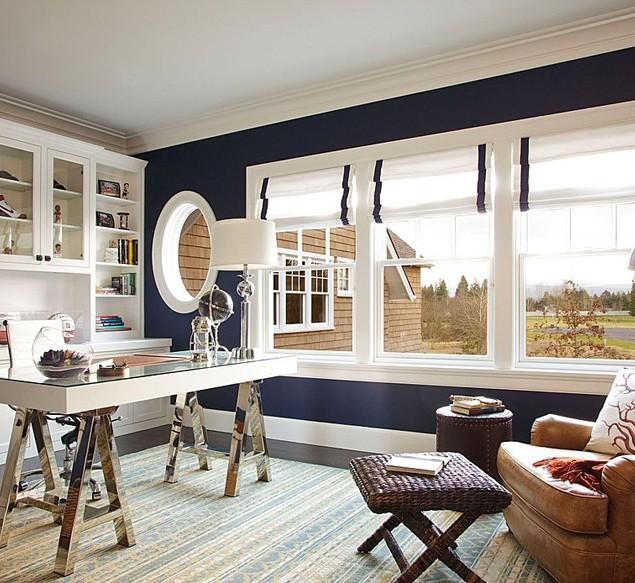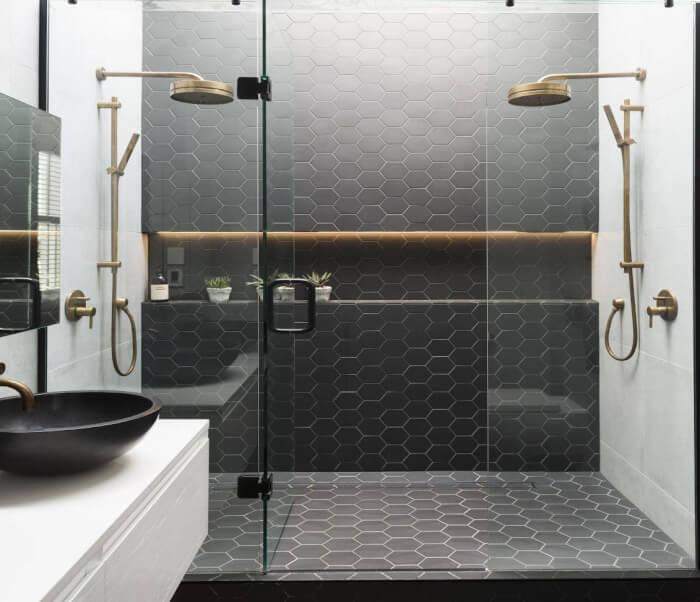Moving can feel overwhelming and stressful. But with a carefully planned moving schedule, the process can go much more smoothly.
If you have a tight schedule to follow, stop procrastinating, and get started by breaking down the things you need to do. Creating a timeline of your processes and keeping a checklist can reduce the stress of moving house.
To help you get started, here are some tips that you can follow:
1. Make a Checklist for Different Moving Phases
Checklists are always convenient and helpful no matter what. So, before doing anything, it is wise to keep a checklist of things and tasks with you. Along with the list, you should plot a timeline so you can prioritize things easily.
Here’s a sample timeline to follow:
2-3 Months Before Your Move
- Get quotes and book the services of a moving company. It pays to shop around to find a professional brand with a solid reputation. Cheap companies often add huge stress to your move due to breakages, cancellations and poor service, so book a company promising quality over simply affordability.
- Keep a notebook and file with moving information. If you prefer using the cloud instead of paper, create a folder and continually upload relevant info including receipts.
- If you have furniture to sell and clothes to donate, ensure they’re out of your home two months before moving day.
- Book your time off work around your moving date.
One Month Before Your Move
- Make sure your new home is ready. Installing light fittings, resurfacing floors, and painting all need to be done before you move in, so book trades in advance to start work early.
- Start packing away items you barely use.
- Keep small items like jewelry, your passport, and other valuables and necessities in a safe place you can access so you don’t lose them at the bottom of a box.
One Week Before Your Move
- Start your exit clean, and ensure your new home is deep cleaned and prepared for the move.
- Reconfirm the moving details with your chosen moving company.
A Few Days Before Your Move
- Keep items you want for the first two days in a separate suitcase. Make sure that coffee, the coffee maker, a mug, a plate and cutlery, a few changes of clothes, toiletries, and phone and laptop chargers are all handy.
- Get as much sleep as you can.
The Day of Your Move
- Once your furniture has been moved out, do a final inspection for damage. Take photos for documentation if you’re renting.
- Deep clean behind the fridge and in hard-to-reach areas once your furniture has been moved.
2. Allocate a Longer Time for Cleaning
Deep cleaning always takes longer than you think it will. It can take up to a week to deep clean a small two-bedroom apartment.
If you were renting, steam cleaning carpets is usually required too, which takes time to dry. Save money by renting a steam cleaning unit and doing it yourself, but ensure you allow at least 24 hours to steam the carpet and let it dry.
3. Use Boxes as Efficiently as You Can
Utilizing different packing boxes makes packing easier, as each has its own purpose. Wardrobe boxes with a hanging bar make packing your clothes easy. Books need to go into reinforced boxes able to withstand extra weight.
As a general rule, a medium/large move, you’ll need around 25 -35 cubic meters for a two- or three-bedroom home. Make sure you are prepared with these things:
- 40 – 60 x Big boxes
- 25 – 40 x Small boxes
- 2 – 5 x reams packing paper
- 4-5 x box tape
- 1 x Priority Carton
Write on each and every box, and add as much detail as you can. Instead of writing ‘Kitchen’ on a box, write ‘Kitchen: plates and cutlery.’ If you’re undertaking a huge move, it’s handy to keep a spreadsheet of all the boxes with details of the contents in your cloud or paper folder.
Final Words
Avoid the overwhelm of moving by planning ahead with as much detail as possible. When your plans are specific, the process becomes broken down into small, digestible pieces. You’ll feel much more able to tackle small milestones, and who knows? You may even enjoy the process.










